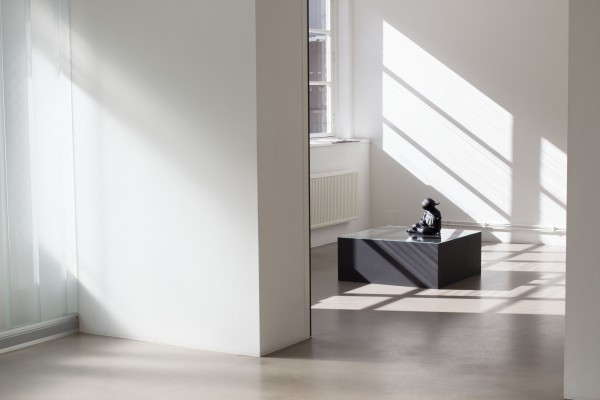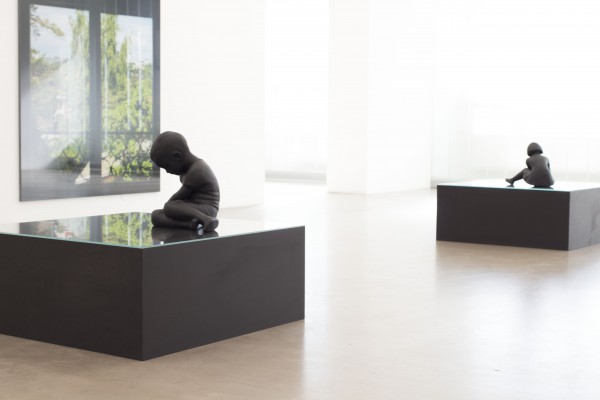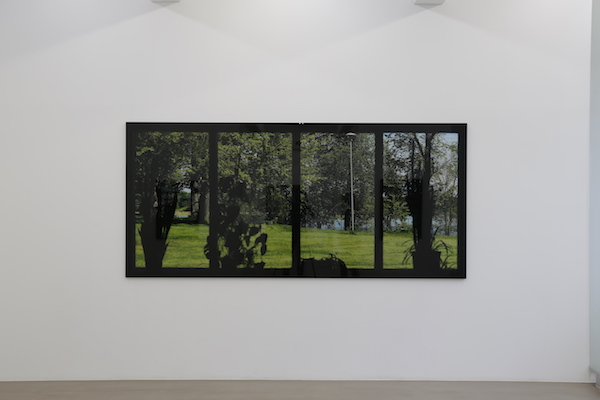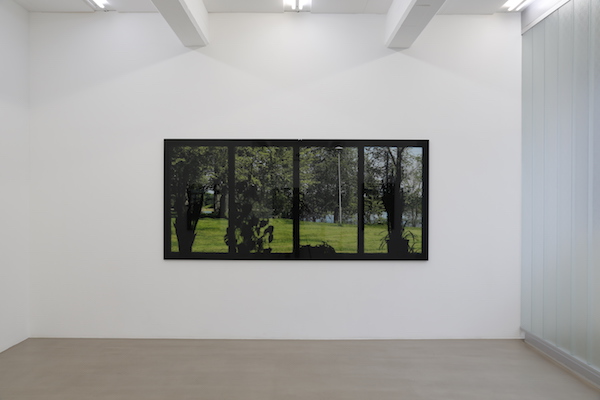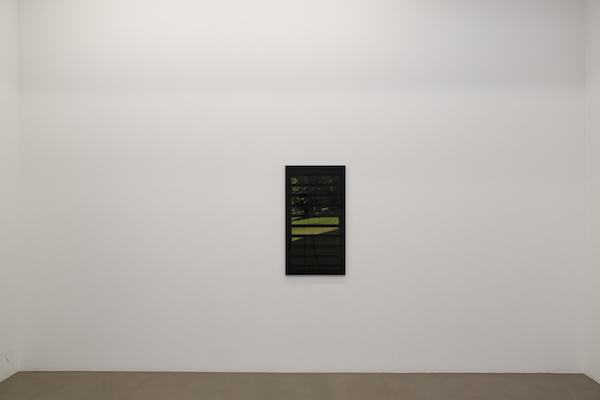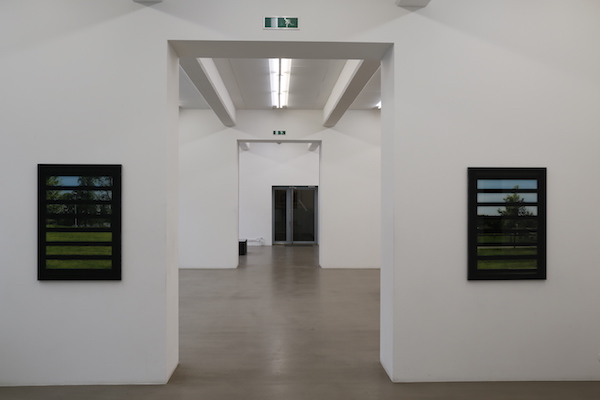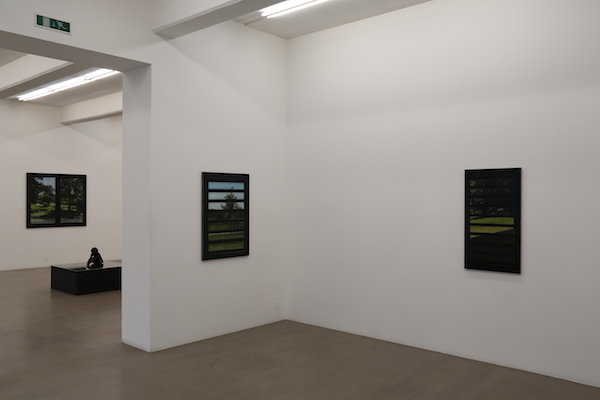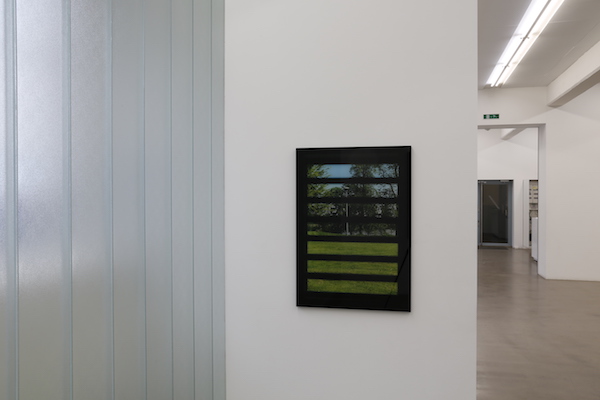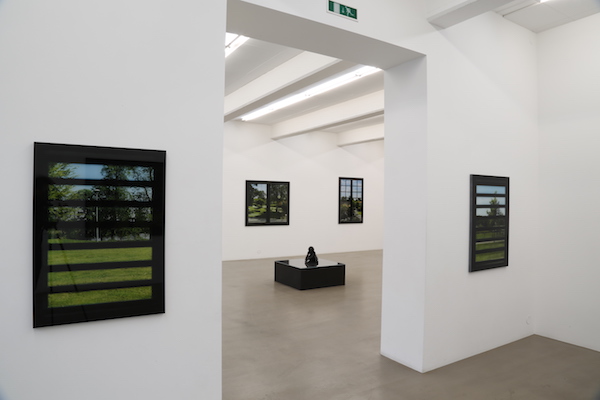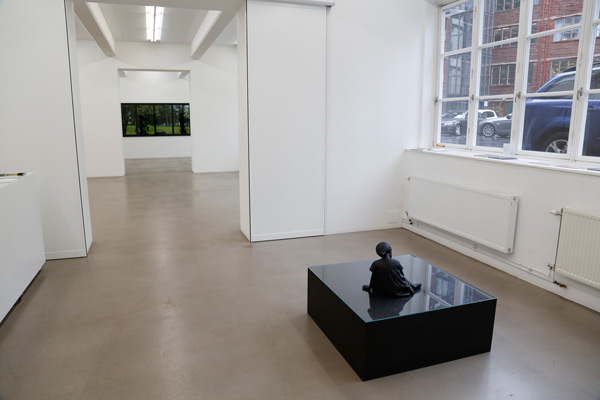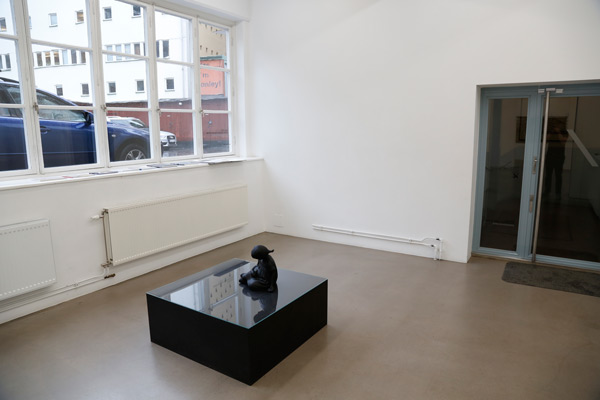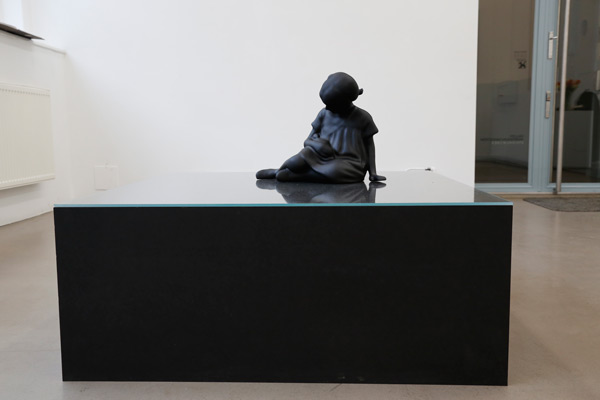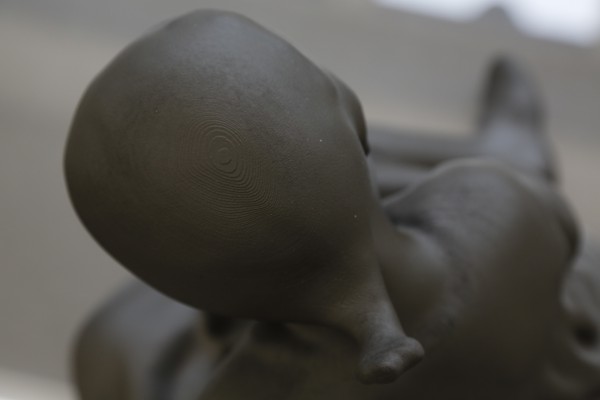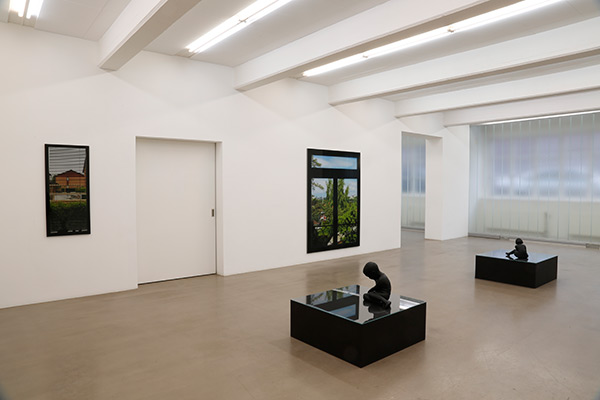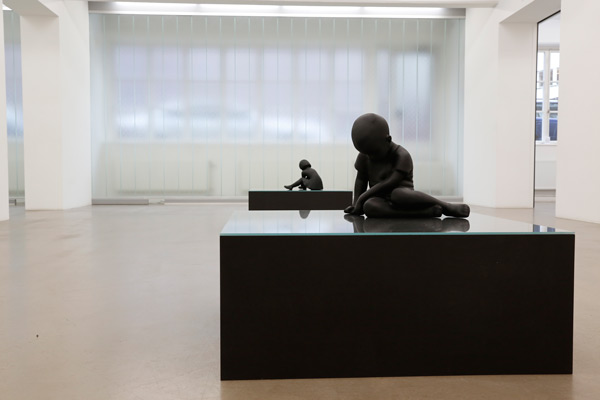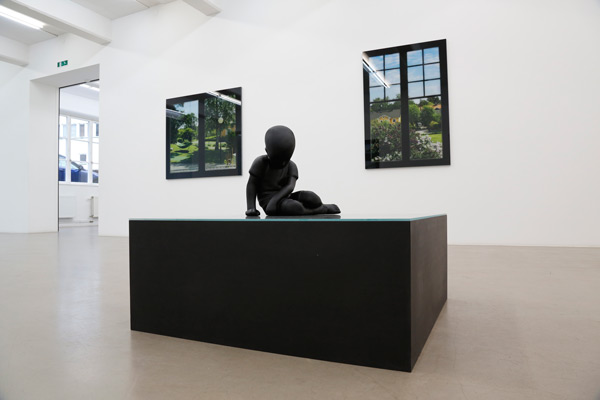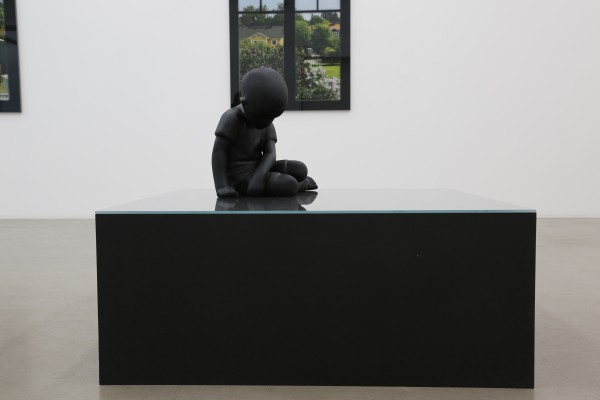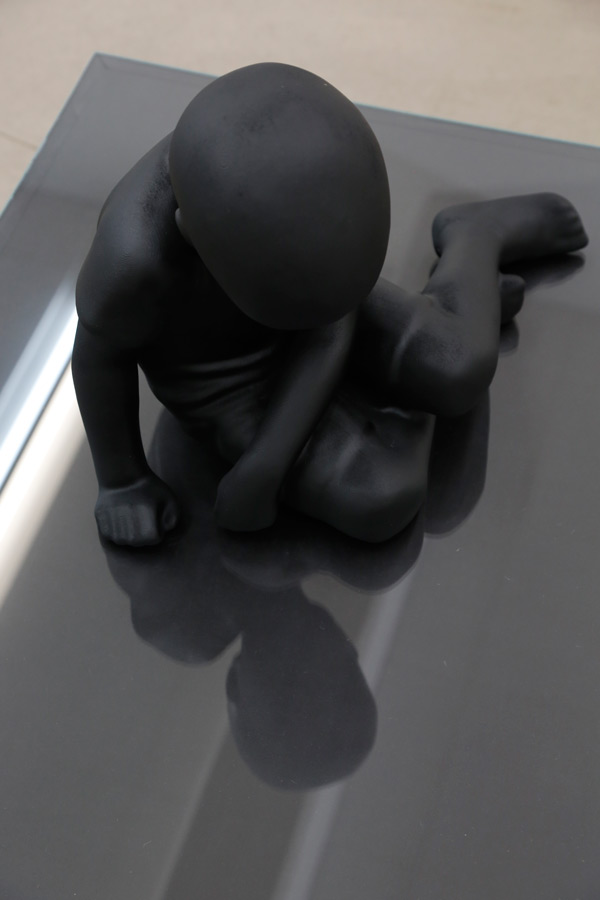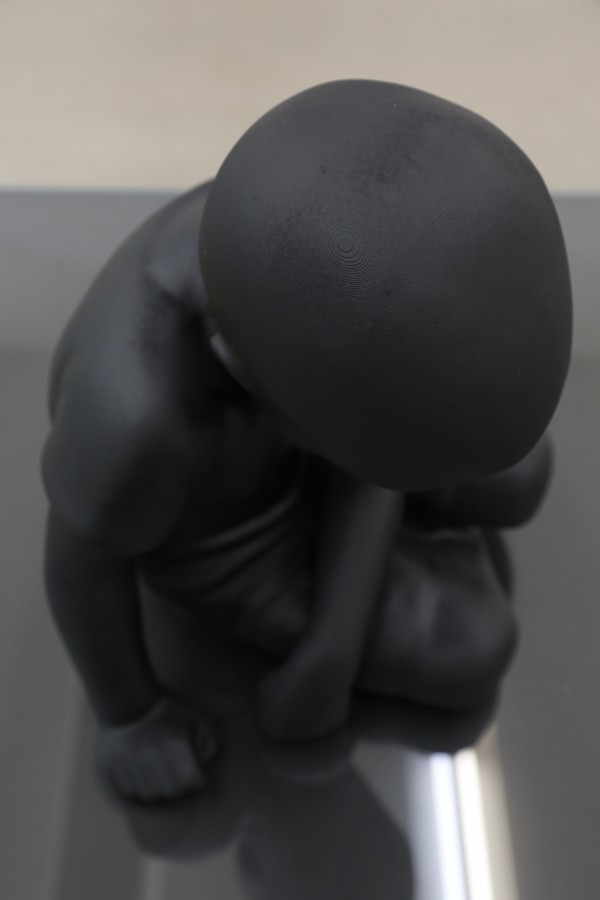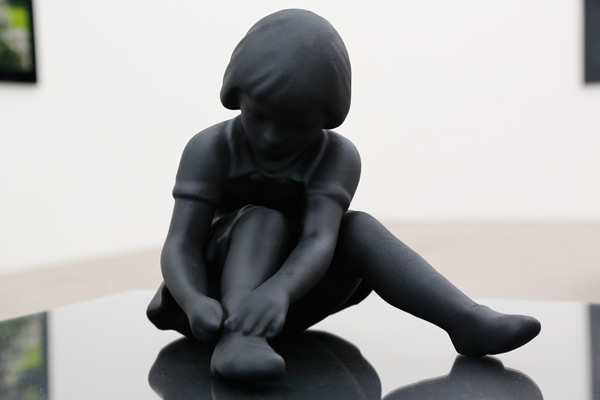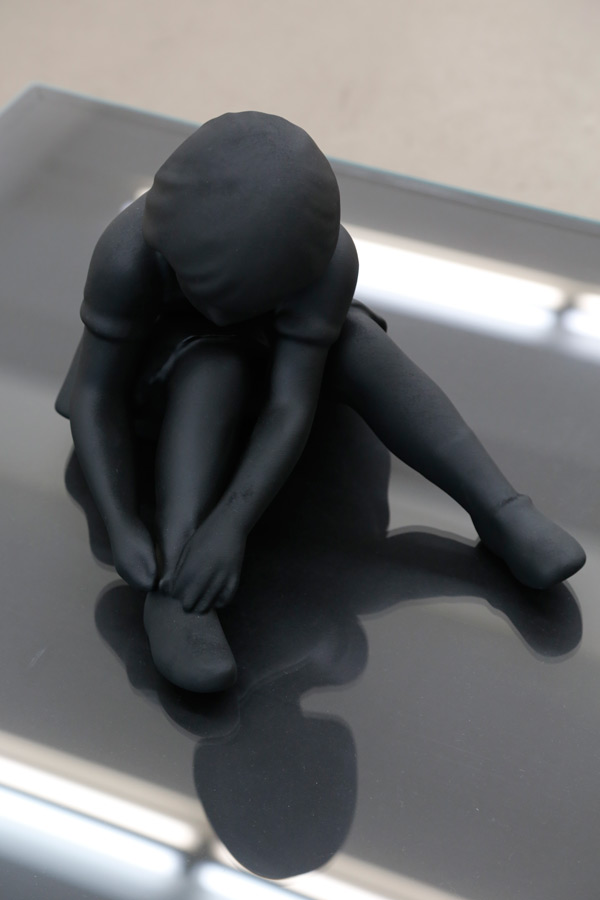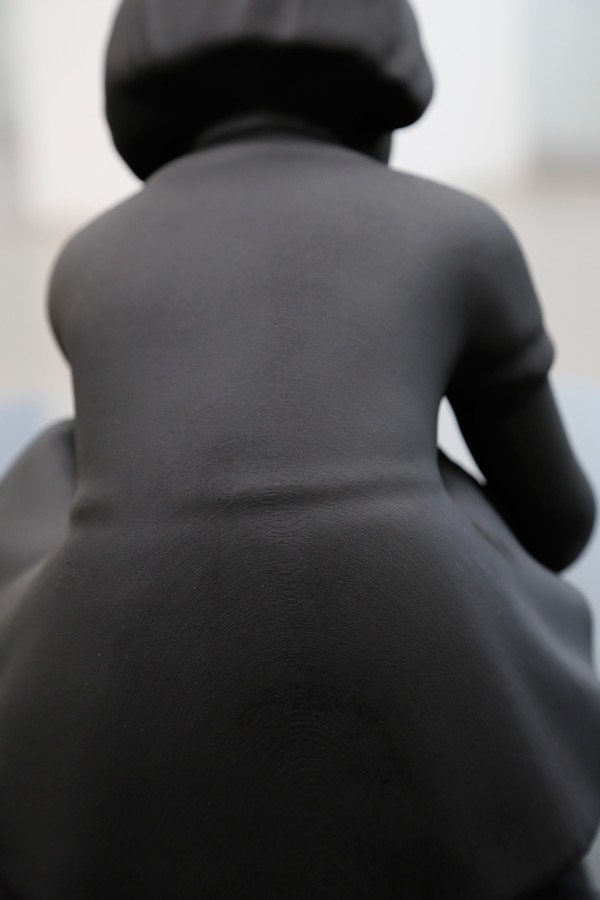
Galleri Andersson / Sandström
Stockholm, 2014
As the title reveals, internationally renowed artist Anneè olofsson’s first solo exhibition at Galleri Andersson / Sandström focus on life’s unpredictability. In photo and sculpture Olofsson investigates man’s involuntary confinement and relationship to life in its final stage.
Anneè Olofsson’s art has a penetrating quality which makes it forgettable. She returns repeatedly to her own body as an unrestricted artistic tool. Her parents have had important roles in her stagecraft as well. Bodies become symbols, which tell not only of our inscrutability, but of our human limitations as well. Her father’s passing closed one door in her artistic work, but involuntary opened a new one. “Until tomorrow doesn’t always come” introduces a new chapter in Olofsson’s artistry were closer is unavoidable in order to make room for something new.
The photo series “In Between the Bird-cherry and the Lilac” examines human involuntary confinement during different stages in life. Through a window, taken from within selected sites, we meet the Swedish pre-summer in its most beautiful, but shortest period. The two weeks when bird-cherry and lilac blossoms is a longed for period in the northern parts of Europe. Most people are not content with merely looking at the scenery, but step outside to experience the scents. An impossibility for the people in Olofsson’s work. “In Between the Bird-cherry and the Lilac” puts us in front of a view that remains a limitation for the room’s inherent.
By fine-tuned cropping and 1:1 scale the photos are given a sculptural expression. There is no edition of the series, each photo is unique.
In contrast to the lush greenery in the photos are three sculptures by Olofsson “Solitaire # 1897012019930930”, “Solitaire # 19220228244420050110” and “Solitaire # 19440323269920130425”. From her father’s estate, the artist has recast three small figurines, one boy and two girls. Painted black, they become shadows of an anonymous childhood, silhouettes of a lost time. Their poses suddenly appear peculiar, introverted and somewhat insecure. The sculptures in Solitaire are reminiscent of chance impacts on our lives and how powerless we are facing unpredictable events in life.
Essential to Olofsson’s artistry are the thoughts behind a work, allowing her to try new forms of artistic expression. Here, the sculptures are treated as three-dimensional photographs. The figurines were scanned, enlarged and printed using a 3D printer.
